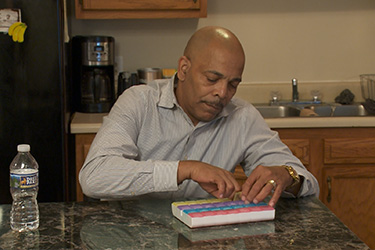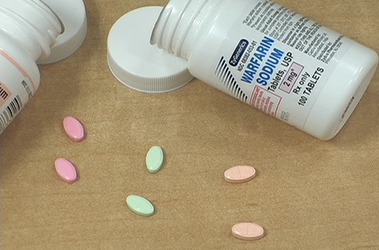Medication Management
Using Your Medications Safely
Show more
How Do I Manage My Medicines?
Taking Control of Your Medicine
Video in
English
Medication Management
Blood Thinners
Show more
Warfarin: Your INR Goal
Your Health Checklist: Taking Warfarin Safely
Your Health Checklist: Preventing Injuries While Taking Warfarin
Warfarin and Food
Anticoagulants: How a Blood Clot Forms
Anticoagulants: The Danger of Blood Clots
What is an Anticoagulant?
Your Health Checklist: Taking Your Anticoagulant Safely
Anticoagulants: Possible Side Effects
General Safety Tips While Taking an Anticoagulant
How to Inject Lovenox
How to Inject Enoxaparin
Your Care at Home: Taking Blood Thinners
What Are Anticoagulants and Antiplatelet Agents?
Let's Talk About Anticoagulants and Antiplatelet Agents
What are Direct-Acting Oral Anticoagulants (DOACs)?
What is Dual Antiplatelet Therapy?
Text in
English

